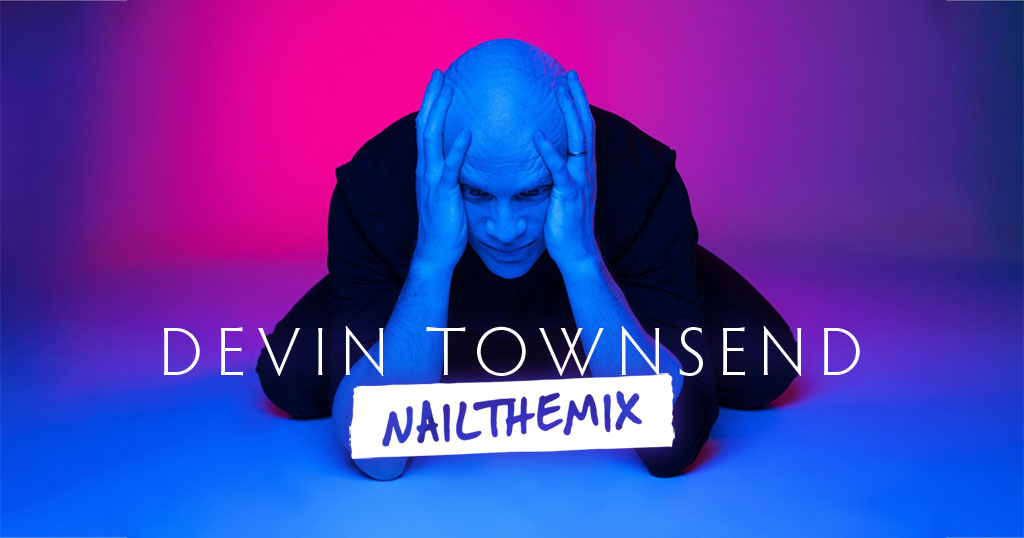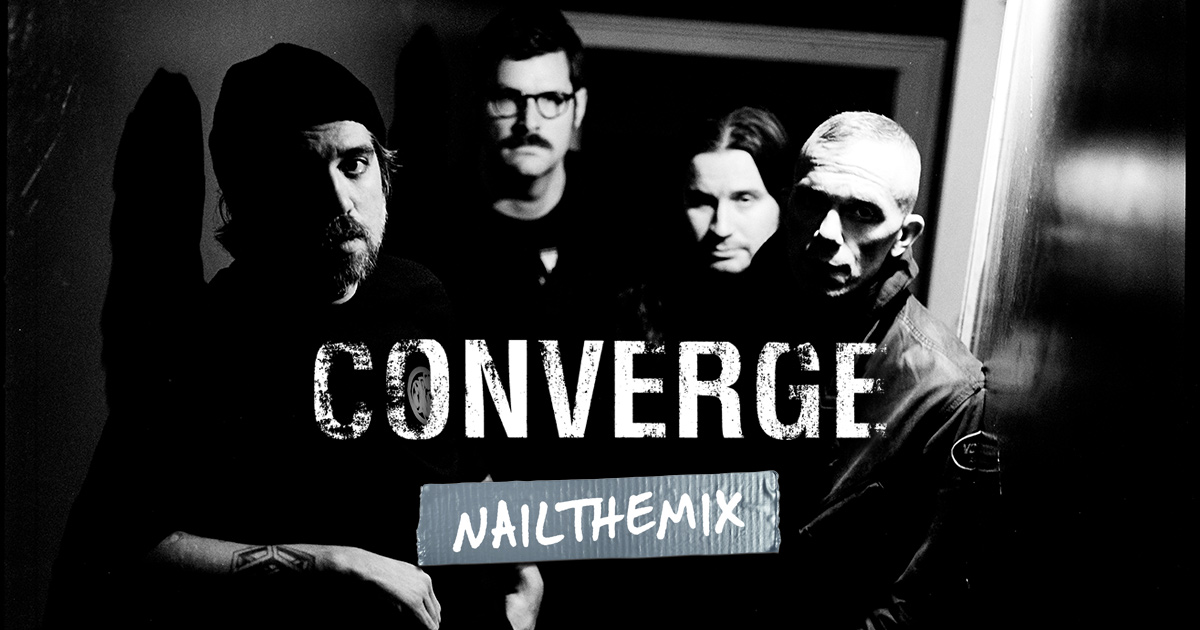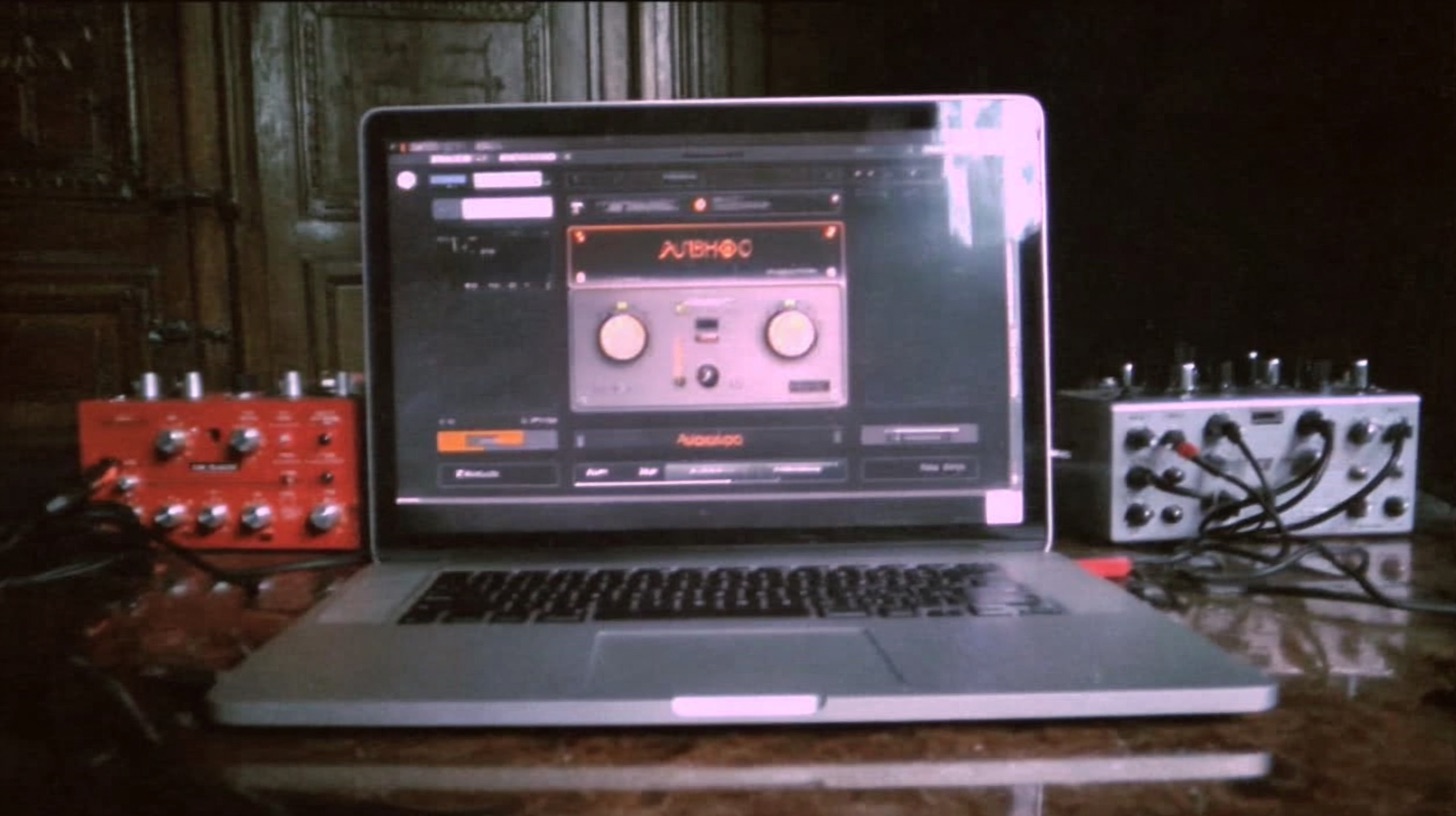
The Best Autotune Plugin for Modern Metal Vocals
Nail The Mix Staff
In modern metal, the bar for production is sky-high. Gone are the days of dodgy-sounding demos from local bands. Today, even unsigned artists are dropping tracks that sound ridiculously polished, and a huge piece of that puzzle is the vocal performance. It needs to be tight, powerful, and perfectly on point.
This is where the “autotune plugin” comes in. But when producers talk about “autotune,” they’re often using it as a catch-all term for any kind of vocal pitch correction. The truth is, there’s a world of difference between the tools available, and choosing the right one for brutal screams and soaring clean vocals can make or break your mix.
So, let’s break down the main contenders, what they’re good at, and which autotune plugin you should be reaching for when mixing modern metal.
Auto-Tune vs. Melodyne: The Two Titans of Tuning
At the top of the food chain, you have two names that dominate the conversation: Antares Auto-Tune and Celemony Melodyne. They both correct pitch, but they approach the task in fundamentally different ways, which makes them suited for very different jobs.
Think of it like this: Auto-Tune is the fast, automatic assault rifle, while Melodyne is the high-powered, surgical sniper rifle.
When to Use Antares Auto-Tune
Antares Auto-Tune is the OG, the one that started it all. Its biggest feature is its ability to work in real-time. You can slap it on a track and it just… works.
Strengths for Metal:
- The Hard-Tune Effect: This is Auto-Tune’s signature move. By cranking the
Retune Speedto its fastest setting (0), you get that robotic, note-snapping effect. While you might not use it on a death metal track, it’s all over the place in genre-bending metalcore. Think bands like Falling in Reverse or the hyperpop-infused experiments of Bring Me The Horizon. It’s a creative tool as much as a corrective one. - Live Tracking: Because it’s real-time with low latency, you can have a vocalist track through Auto-Tune. This can be a massive confidence booster, letting them hear a more polished performance in their headphones and focus on delivery.
- Speed for BGVs and Demos: Got a stack of eight vocal harmonies? Auto-Tune can get them all in the ballpark quickly without you having to manually edit every single note.
Actionable Settings:
For a more natural sound, slow down the Retune Speed to around 20-50 and use the Humanize and Flex-Tune controls in a version like Auto-Tune Pro. This allows for more of the natural vocal scoops and vibrato to come through, preventing it from sounding stiff and robotic.
Why Melodyne Often Wins for Metal
For the main, front-and-center lead vocal, most top-tier metal producers will reach for Celemony Melodyne. Instead of being an automatic process, Melodyne analyzes the audio and displays it on a piano roll-style grid where you can manually edit every single nuance of the performance.
Strengths for Metal:
- Surgical Precision: This is the game-changer. Metal vocals, especially screams, are harmonically complex. Melodyne’s DNA (Direct Note Access) technology is insanely good at identifying the fundamental pitch within a guttural growl or a high-pitched scream. It gives you blobs that represent each note, which you can then move, stretch, and reshape with pinpoint accuracy.
- Total Performance Control: Melodyne isn’t just for pitch. You can edit timing, vibrato (both its intensity and speed), and the pitch drift between notes. You can even separate the noisy, sibilant parts of a word (like ‘s’ and ‘t’ sounds) from the pitched part and adjust their volume independently. This is a lifesaver for taming harshness without reaching for a de-esser and is a key technique for controlling sibilance.
- Formant Editing: Ever tuned a vocal up and had it sound thin and chipmunk-like? That’s because the formants (the resonant frequencies that define a sound’s character) shifted with the pitch. Melodyne lets you edit the pitch and formants independently, so you can correct a note while preserving the vocalist’s natural tone.
Pro-Tip: Sometimes, for extremely noisy screams, Melodyne’s “Melodic” algorithm can get confused. Don’t be afraid to try the “Percussive” or “Universal” algorithms, which can sometimes track the chaos more effectively.
Beyond the Big Two: Other Vocal Tuning Plugins
While Auto-Tune and Melodyne get most of the attention, a few other players are worth knowing.
Waves Tune Real-Time
This is a direct competitor to Auto-Tune. It offers excellent real-time pitch correction that’s light on the CPU and great for tracking or quick fixes. If you’re in the Waves ecosystem, it’s a no-brainer.
Revoice Pro
This is the next-level weapon for serious vocal production. Its superpower is matching the pitch and timing of multiple vocal layers automatically. If you’ve ever spent hours manually aligning triple-tracked screams, Revoice Pro can do it in seconds with terrifying accuracy. It’s a massive time-saver for creating those huge, tight vocal stacks common in modern metal.
Your DAW’s Stock Tuner
DAWs like Logic Pro X (with Flex Pitch) and Cubase (with VariAudio) have incredibly capable built-in pitch editors. They work very similarly to Melodyne and are more than powerful enough to get a pro-sounding result. Before you spend a dime, learn your stock plugin inside and out.
The Modern Metal Vocal Production Workflow
The best autotune plugin in the world can’t save a bad recording or a sloppy workflow. Getting that polished, pro sound is about a process.
- Comping is King: Before you even think about tuning, you need the best possible performance. A great performance starts with a great recording, so nail your vocal recording technique first. Comp (composite) the best parts from multiple takes into one “god-tier” vocal track. Tuning corrects notes, not energy or emotion.
- Clean It Up: Edit out breaths, clicks, and any unwanted noise between phrases. After that, do some surgical cleanup with an equalizer. Carving out mud and boxiness before tuning and compression will give you a much cleaner and more powerful final result. For more on this, check out our deep dive on how to EQ metal vocals.
- Tune with Intent: Now it’s time to tune. For the main vocal, this is usually a manual pass in Melodyne or your DAW’s editor. For doubles and harmonies, a faster tool like Auto-Tune or Waves Tune can work great. The goal is transparency—the vocal should sound perfect, not “tuned.”
- Shape with Dynamics: Once the pitch is locked in, it’s time for compression. A tuned vocal has very consistent pitch, which means compressors can work more smoothly. But be careful—heavy compression will also highlight any weird artifacts from the tuning process, so make sure your tuning work is clean! Learn how to get vocals to punch through a dense mix with our guide to the basics of compression for metal.
Bringing It All Together
So, which autotune plugin is best?
- For creative effects and speed, use Antares Auto-Tune.
- For surgical, transparent control over a lead vocal, Melodyne is the industry standard.
Knowing how to use these tools is a crucial skill for any modern metal producer. But seeing how and why a world-class producer makes these choices in a real session is a total game-changer.
Gojira on Nail The Mix
Logan Mader mixes "Toxic Garbage Island"
Get the Session
At Nail The Mix, you get to watch pros like Joey Sturgis, Will Putney, and Dan Lancaster mix real songs from bands like Gojira, Periphery, and Motionless In White from scratch. You get the multi-tracks to mix yourself and see exactly how they tackle everything from transparent vocal tuning to making them sit perfectly against a wall of low-tuned guitars and massive drums.
If you’re ready to move beyond the presets and learn how pro-level metal records are really made, it’s time to unlock your sound.







